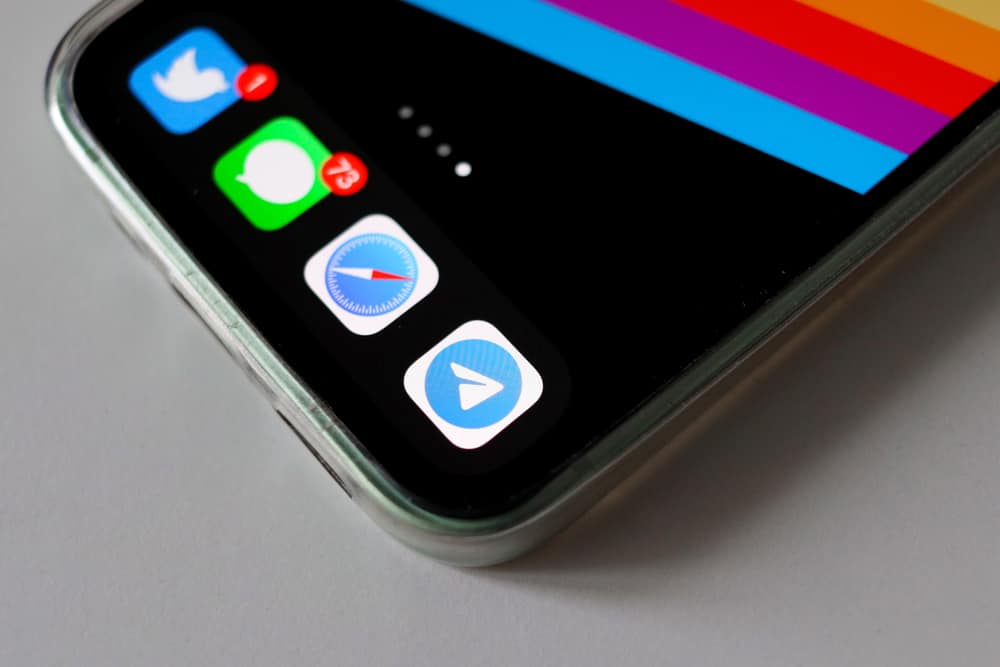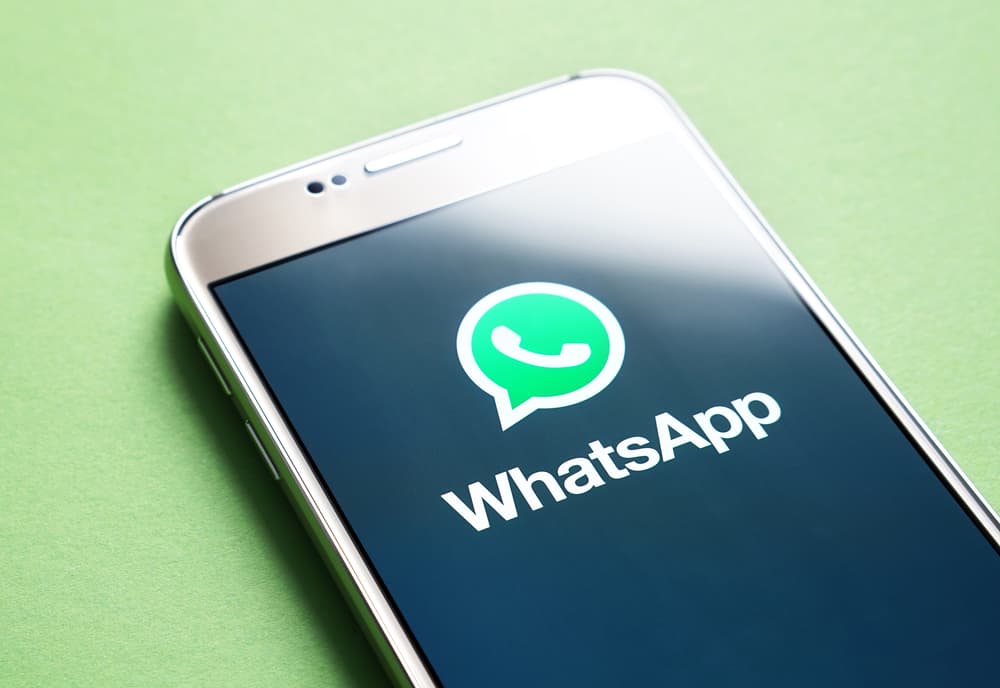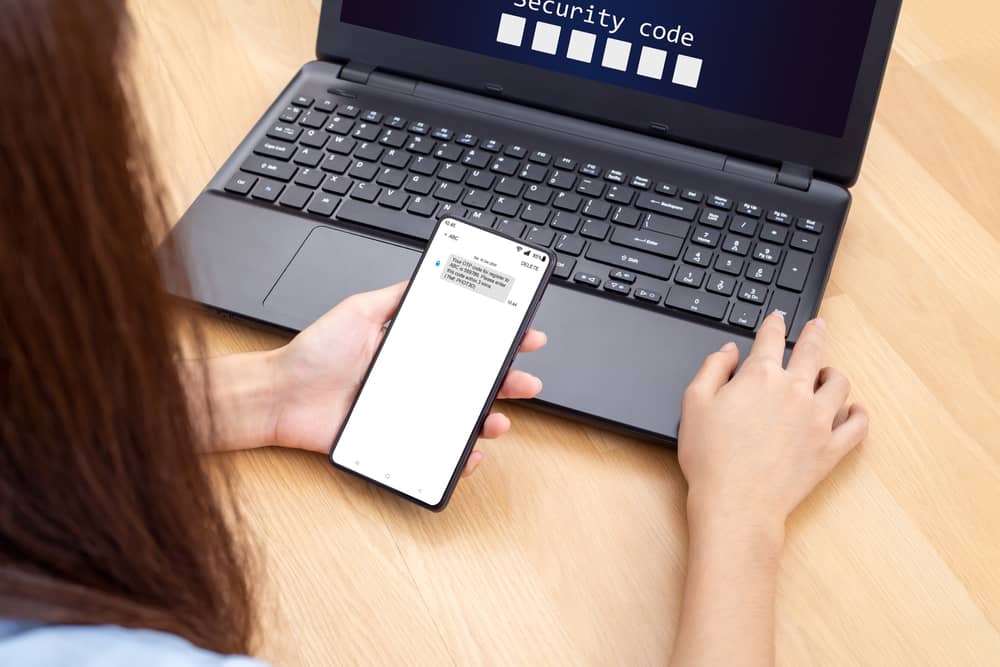
iMessage is a messaging system specifically developed for iPhones.
Turning off iMessage is necessary for many people who switch from iPhone to Android.
Given that Apple is yet to adopt modern texting standards like RCS, there’s no way to use iMessage on Android.
You need to turn off iMessage before switching to Android to receive messages from your friends or family using iPhones.
You can still turn off iMessage and continue using your iPhone without the service.
So, what exactly does turning off iMessage do?
When you turn off iMessage, you won’t receive or send messages via iMessage; instead, you’ll do so via SMS in the Messages app. Unlike iMessage, which allows you to send messages over the Internet, SMS uses your carrier’s network.
This post will discuss what happens when you turn off iMessage. Read on for more details.
Overview of What Does Turning Off iMessage Do
iMessage is a messaging service for Apple devices that uses your mobile data or Wi-Fi connection to send and receive text messages, photos, and videos.
When you turn off iMessage, you’ll no longer send or receive text messages, photos, or videos over an internet connection using iMessage. However, this does not mean you will be completely cut off from texting.
You can still send and receive SMS messages using your carrier’s network if you have a texting plan. This means you will incur additional charges for sending text messages.
You’ll also be restricted to sending text messages only since you can no longer use iMessage to send and receive photos and videos.
Additionally, turning off iMessage means you’ll no longer receive or send group messages using the service.
How To Turn Off iMessage on Your iPhone?
You can enable or disable iMessage from settings if your iPhone is on iOS 8 or later.
To turn off iMessage on your iPhone, follow the steps below:
- Open the Settings app on your iPhone.
- Scroll down until you see the “Messages” option, then click on it.
- Turn off the “iMessage” toggle.
If you’ve enabled iMessage on other Apple devices, such as your Mac or iPad, turning it off on your iPhone won’t affect the other devices. You’ll still receive iMessages on your other devices where the feature is enabled. To turn iMessage off on your iPad, use the same steps as above.
How To Deregister Your Number From iMessage?
Deregistering your number from iMessage is the best thing to do if you plan to stop using the Apple ecosystem.
iMessage is exclusive to Apple devices, so there’s no point in having it if you will no longer be using Apple devices.
Also, if your number is still registered on iMessage, you may fail to receive messages from iPhone users until you deregister your number from iMessage.
Thankfully, Apple has a dedicated website where users who no longer want to use iMessage can deregister their numbers. However, ensure you have turned off iMessage and FaceTime before you do this.
Turning Off FaceTime
To turn off FaceTime from your device, follow the steps below:
- Open the Settings app on your iPhone.
- Scroll down and select the “FaceTime” option.
- Turn off the “FaceTime” toggle.
After ensuring you’ve disabled FaceTime and iMessage on your iPhone, you can proceed with deregistering your number from iMessage.
Deregistering Your Number From iMessage
To deregister your number from iMessage, follow the steps below:
- Navigate to the Apple Selfsolve website on your favorite browser.
- Scroll down to the “No longer have your iPhone?” section.
- Enter your phone number and select your country code.
- Go to step 2 and enter the characters you see from the image.
- Click on the blue “Send Code” button. The text message containing the code is free, and you won’t be charged.
- After receiving the code on your phone, go to step 3 and enter the six-digit confirmation code.
- Click “Submit.”
After successfully doing the steps above, you can rest assured that you’ll receive messages from iOS users even if you switch to an Android device.
Conclusion
If you turn off iMessage, you can still send and receive text messages over your carrier’s network.
However, you won’t be able to take advantage of iMessage features such as iMessage group chat and sending and receiving media files over Wi-Fi or cellular data networks, among other features.











